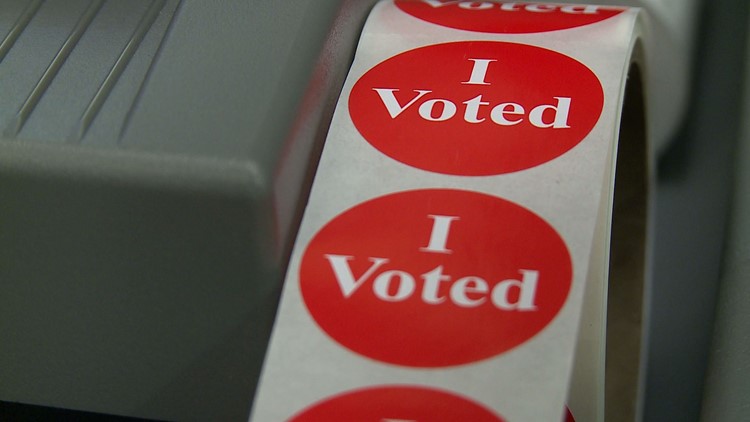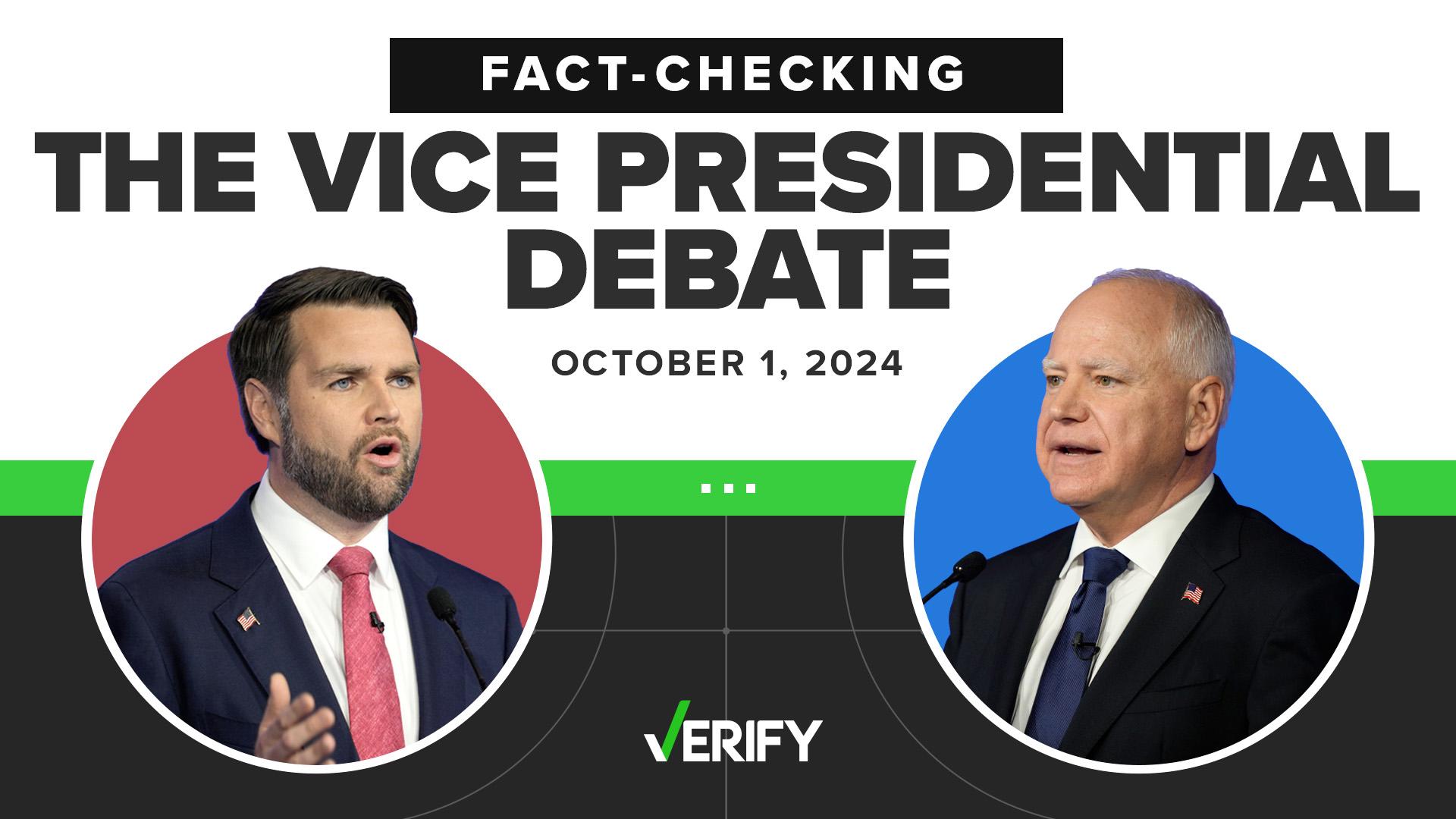MINNEAPOLIS — You made it to the ballot box, earning your civic duty street cred in the form of a round, red sticker. But now what?
As we continue navigating through the golden age of mis- and disinformation, folks want to know how their votes are counted.
If you're voting in Minnesota for this year's general election, read on to learn what happens to your ballot after it's submitted.
HOW ARE BALLOTS SUBMITTED AND COUNTED?
You won't encounter many surprises this year if you're a seasoned voter in Minnesota.
While you'll always find yourself voting the old-fashioned way in the North Star State — by paper ballot and pen — election officials still take advantage of electronic equipment to help smooth out the process and keep moving it along.
Optical scan ballot tabulators are perhaps the most recognizable tool to the average voter, "reading" your ballot to record votes in each respective race. It's worth noting these machines are tested multiple times by local and state election officials before being certified for Election Day use by test labs accredited by the U.S. Election Assistance Commission.
Some precincts in Minnesota, however, still keep it extra old school by counting each vote by hand.
According to a map from 2022's midterms, hand counts are more common in smaller communities spanning parts of Greater Minnesota.
HOW CAN THEY ENSURE NO ONE VOTES TWICE?
While it's true that election fraud is quite rare, it can happen. That's why there are safeguards in place to avoid it.
For example, the Secretary of State's website said all mail-in ballots are tracked individually and linked to a Minnesota voter's registration data. Once their respective ballots are accepted, that data will be updated to reflect their vote's status, thereby tipping election officials and judges off to any second attempt to vote.
STEP ONE: INITIAL RESULTS
Whether you voted early in person, on Election Day or by mail/absentee ballot, the Minnesota Secretary of State's Office (SOS) said county officials won't start actually tallying votes until after the polls close on election night.
County elections officials will then enter their respective unofficial results for each race into the MN SOS website.
In the hours that follow, the SOS said county officials comb through ballots, auditing and proofing their work so mistakes made at first glance (e.g. small errors/typos, mixing up the order of digits, etc.) can be corrected before taking their results to the county's canvassing board for review and approval.
STEP TWO: COUNTY APPROVAL
Once the county canvassing board receives its unofficial results, it's up to board members to again review their respective results for each race. The board, made of five members — county auditor, county district court administrator, mayor or chair of the town board, and two members of the county board — is responsible for certifying votes cast for county-specific races.
The SOS said federal, statewide and legislative districts that extend beyond county lines must be certified by the state's canvassing board, while both school districts and cities have their own canvassing boards to certify results in those hyper-local races.
STEP THREE: STATE APPROVAL AND CERTIFICATION
Sixteen days after the general election, the state canvassing board convenes at the SOS office to officially certify the results of the state's general election. The state board will review reports from each of Minnesota's 87 counties and help facilitate and oversee a recount for any given race if necessary.
For more information about the recount process, click here.
According to the SOS, the state board is chaired by the secretary of state, who also appoints two members of the state's supreme court and two judges from two district courts as fellow board members.
STEP FOUR: POST-ELECTION REVIEW
In Minnesota, county election officials are also required by law to randomly select a handful of precincts within their own counties to recount their votes by hand and compare those results with those submitted through the state's optical scan ballot counters.
The law states that counties with fewer than 50,000 registered voters must review at least two of their precincts; counties with 50,000 to 100,000 review at least three precincts; and counties with more than 100,000 registered voters must review votes from at least four precincts.
After the board is done with their reviews, they report their results to the county auditor, who must submit those results to the secretary of state within two days of the state canvassing board's meeting. The SOS is then responsible for reporting those results to the board.
Depending on the outcome of those reviews, votes will either be accepted or updated to reflect the corrected number.
Visit the secretary of state's website for a comprehensive list of duties under the SOS, counties', and municipalities' roles during this year's general election.



